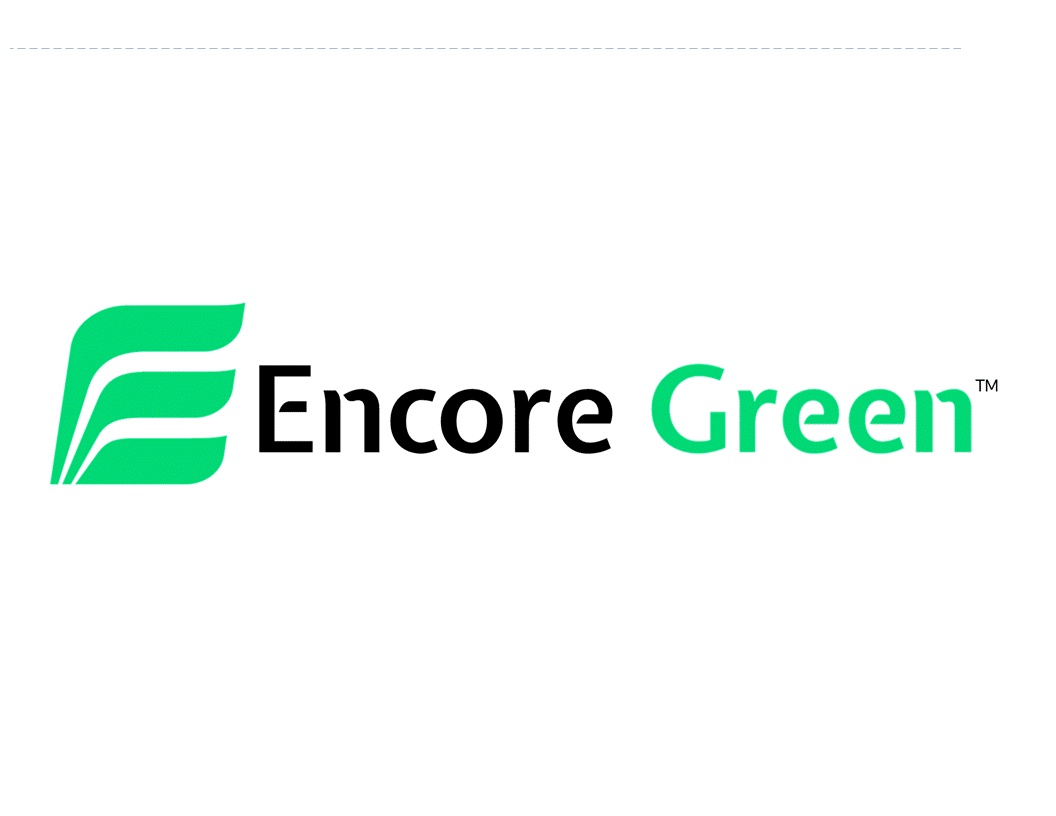If the number of conferences and money spent on technology research is an indication, then stopping climate change is a priority. Some shrug it off; some are impassioned about it. But we don’t have to give more grants or fund more technology. We only have to let Mother Nature do what Mother Nature knows how to do – she’s pretty smart actually.
A major task for climate change researchers is how to get rid of the carbon in the air. They tell us that too many cars and other carbon emitting objects and systems, have put too much of Carbon into the air.
But relax, Mother Nature’s got this.
You see if you were to grow more vegetation and trees, then those living things do what they inherently do: They give off Oxygen (which is handy for us humans) and they absorb Carbon. They pull the carbon into the plant and then lock it away in the root system and surrounding soil. They get rid of Carbon for us.
What’s our job? We only have to grow more things. And conveniently (don’t you love it when a plan comes together?), just where you have lots of arid land that can’t grow things, you have billions of gallons of water nearby. And one of Mother Nature’s principles is that if you add water to dirt, you can start growing things. And getting Carbon out of our air.
Mother Nature has this covered. Using Conservation By-Design, we can take this oilfield by-product water, clean it up, and apply to the arid land and start growing things, creating carbon cleaners.
Let’s quit re-inventing the wheel and, instead, use the principles that Nature already has in place.
Give us a call. Let us design a solution for you.










